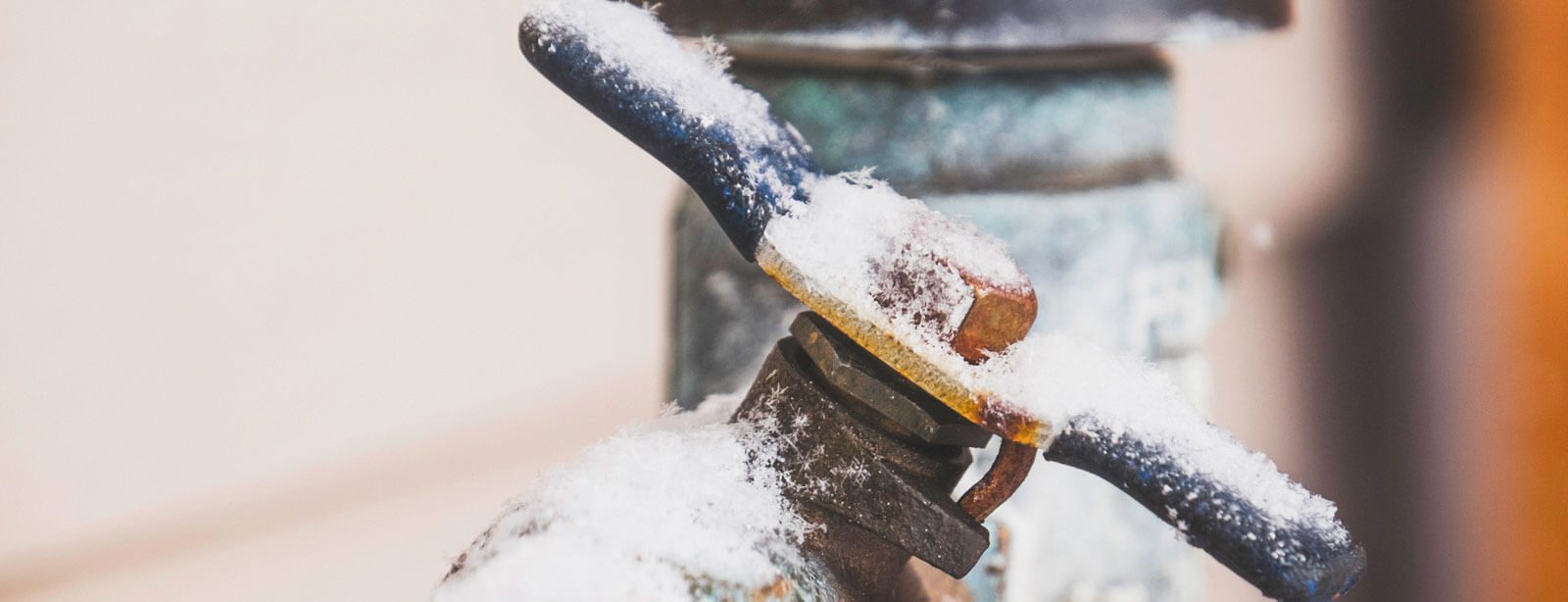What are your opinions on Preventing and dealing with frozen pipes?

Winter can ruin your pipes, particularly by freezing pipelines. Right here's how to avoid it from happening and what to do if it does.
Introduction
As temperature levels decrease, the threat of frozen pipelines boosts, possibly bring about costly fixings and water damage. Comprehending how to avoid icy pipelines is vital for homeowners in cold environments.
Recognizing Icy Pipelines
What creates pipes to freeze?
Pipes freeze when revealed to temperature levels listed below 32 ° F (0 ° C) for prolonged durations. As water inside the pipelines freezes, it expands, taxing the pipe walls and possibly creating them to rupture.
Risks and problems
Frozen pipes can lead to water supply interruptions, residential property damage, and pricey fixings. Burst pipes can flood homes and create comprehensive architectural damage.
Indications of Frozen Pipes
Determining icy pipes early can prevent them from bursting.
Exactly how to identify frozen pipes
Look for reduced water flow from faucets, uncommon smells or noises from pipelines, and visible frost on exposed pipes.
Prevention Tips
Protecting susceptible pipelines
Cover pipelines in insulation sleeves or make use of warm tape to secure them from freezing temperature levels. Focus on pipelines in unheated or exterior locations of the home.
Home heating methods
Keep indoor rooms properly heated, especially areas with pipes. Open up cabinet doors to permit cozy air to circulate around pipelines under sinks.
Securing Outdoor Plumbing
Yard pipes and outdoor taps
Detach and drain yard hose pipes before winter months. Install frost-proof faucets or cover outside taps with protected caps.
What to Do If Your Pipelines Freeze
Immediate actions to take
If you believe frozen pipes, maintain faucets open to eliminate stress as the ice thaws. Utilize a hairdryer or towels taken in hot water to thaw pipelines gradually.
Long-Term Solutions
Structural adjustments
Think about rerouting pipelines far from exterior walls or unheated areas. Add extra insulation to attics, cellars, and crawl spaces.
Upgrading insulation
Purchase high-grade insulation for pipelines, attic rooms, and wall surfaces. Correct insulation assists preserve constant temperatures and reduces the risk of frozen pipes.
Final thought
Stopping frozen pipelines calls for aggressive procedures and quick reactions. By understanding the causes, indications, and safety nets, house owners can shield their plumbing throughout cold weather.
5 Ways to Prevent Frozen Pipes
Drain Outdoor Faucets and Disconnect Hoses
First, close the shut-off valve that controls the flow of water in the pipe to your outdoor faucet. Then, head outside to disconnect and drain your hose and open the outdoor faucet to allow the water to completely drain out of the line. Turn off the faucet when done. Finally, head back to the shut-off valve and drain the remaining water inside the pipe into a bucket or container. Additionally, if you have a home irrigation system, you should consider hiring an expert to clear the system of water each year.
Insulate Pipes
One of the best and most cost-effective methods for preventing frozen water pipes is to wrap your pipes with insulation. This is especially important for areas in your home that aren’t exposed to heat, such as an attic. We suggest using foam sleeves, which can typically be found at your local hardware store.
Keep Heat Running at 65
Your pipes are located inside your walls, and the temperature there is much colder than the rest of the house. To prevent your pipes from freezing, The Insurance Information Institute suggests that you keep your home heated to at least 65 degrees, even when traveling. You may want to invest in smart devices that can keep an eye on the temperature in your home while you’re away.
Leave Water Dripping
Moving water — even a small trickle — can prevent ice from forming inside your pipes. When freezing temps are imminent, start a drip of water from all faucets that serve exposed pipes. Leaving a few faucets running will also help relieve pressure inside the pipes and help prevent a rupture if the water inside freezes.
Open Cupboard Doors
Warm your kitchen and bathroom pipes by opening cupboards and vanities. You should also leave your interior doors ajar to help warm air circulate evenly throughout your home.

I am just very involved in How to Prevent Your Pipes From Freezing and I am assuming you appreciated the entire post. If you please pause to distribute this write-up if you appreciated it. I praise you for your time. Revisit us soon.
Call Today